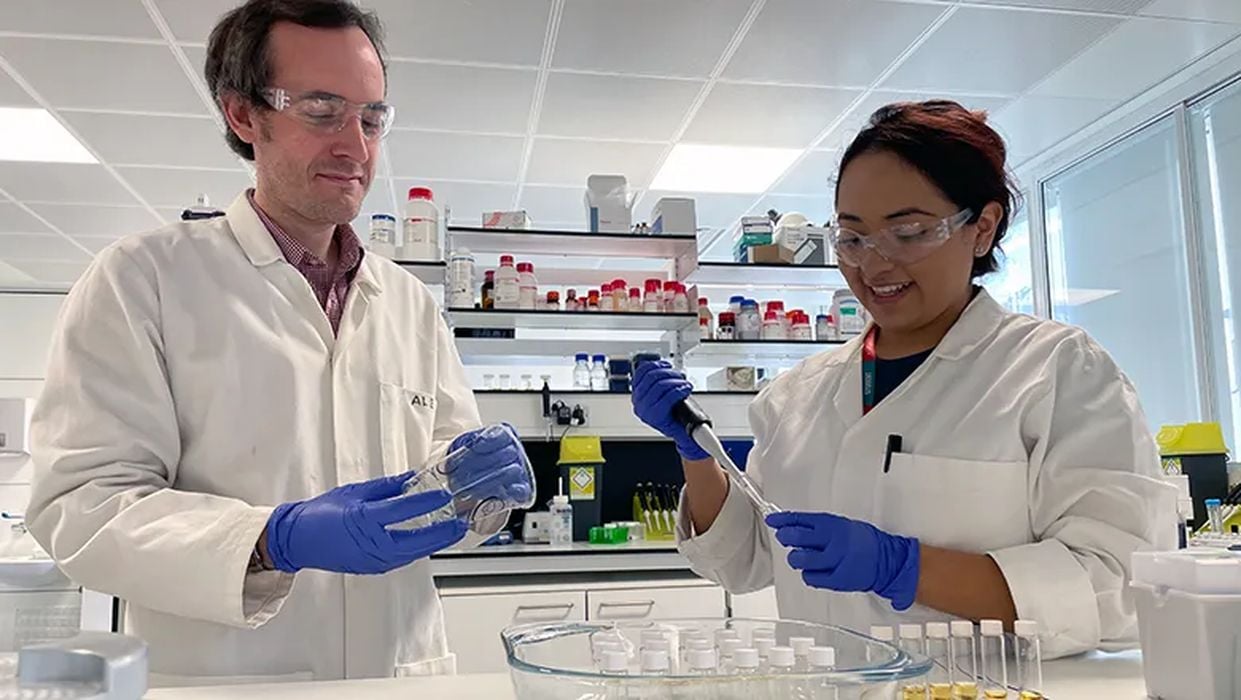
A surprise breakthrough could enable easy recycling of PLA, the most common 3D printable material.
At the dawn of desktop 3D printing the most common material was ABS. That’s because it was readily available everywhere in the form of welding wire. However, it proved challenging to use due to warping, high temperatures and later, emissions. The industry quickly shifted to alternative materials, like PLA and more recently PETG.
PLA was touted as a better material not only due to its superior printing characteristics, but also because it was considered an eco-friendly material.
That’s partly true: ABS is made from oil, whereas PLA is made from renewable organics, like corn starch. In a sense, PLA is made in a somewhat eco-friendly manner.
However, the tables turn when we look at the complete lifecycle of PLA in 3D printing. It turns out that while PLA can be recycled as it is a thermoplastic, this is rarely done. That’s because there’s really no practical way to collect and sort PLA scrap into uniform materials. As a result, most PLA scrap ends up in the landfill.
That’s not eco-friendly, particularly when you consider that these scraps will degrade into microplastics that will eventually infest everything, including you.
The only way to properly break down PLA is through the use of high-pressure, high-temperature chambers that are basically not available for recycling purposes.
Now that could all change due to a spectacular discovery at King’s College London. Researchers discovered that a common enzyme can break down PLA. King’s College London explains:
“The novel method of chemical recycling, published in Cell Reports Physical Sciences, uses enzymes typically found in biological laundry detergents to ‘depolymerise’ – or break down – landfill-bound bioplastics. Rapidly converting the items into soluble fragments within just 24 hours, the process achieves full degradation of the bioplastic polylactic acid (PLA). The approach is 84 times faster than the 12-week-long industrial composting process used for recycling bioplastic materials.”
The new process requires placing the PLA in a 90C chamber for a single day, while exposed to the specific enzymes identified in the research. The PLA breaks down into monomers — simpler molecules that can the be reused to form new plastics of several types.
While the researchers correctly focus on the application of this technology for improved disposal of single-use plastics, there’s also a big opportunity for 3D printing.
It just might be feasible to set up inexpensive chemical reactors that would offer an easy way to dispose of PLA scraps. The process sounds simple enough that perhaps even a desktop device could be made to implement the chemical process.
However, I’m not sure this would be suitable for home use: what would you do with a pail of monomers afterwards? The better application would be in industry or 3D print farms, where larger quantities of scraps are produced and centralized decomposition could be financially feasible.
Such facilities might also offer drop-off service for local 3D printer operators that have boxfuls of scraps for disposal.
We just might find our way out of the PLA dilemma.
Via King’s College London (Hat tip to Benjamin)
